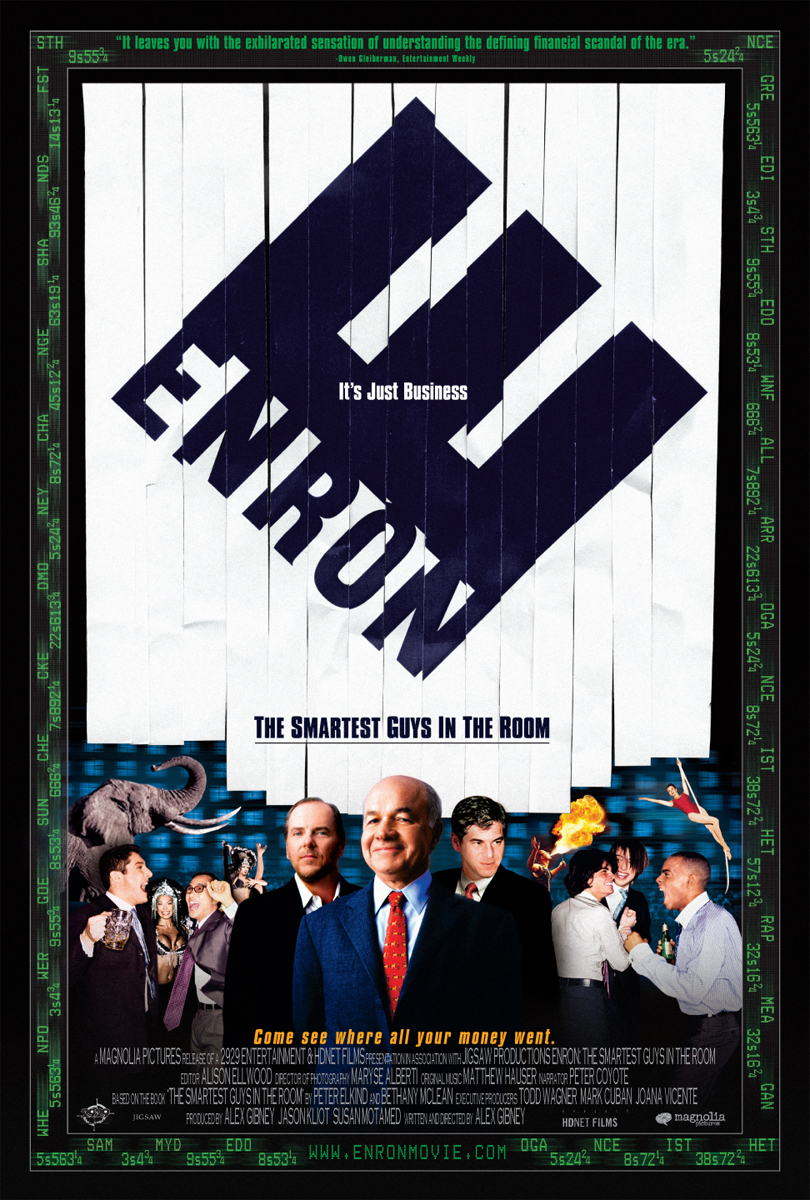

This is the blog of Ian Rosales Casocot. Filipino writer. Sometime academic. Former backpacker. Twink bait. Hamster lover.


The Boy The Girl
The Rat The Rabbit
and the Last Magic Days
Chapbook, 2018

Republic of Carnage:
Three Horror Stories
For the Way We Live Now
Chapbook, 2018

Bamboo Girls:
Stories and Poems
From a Forgotten Life
Ateneo de Naga University Press, 2018

Don't Tell Anyone:
Literary Smut
With Shakira Andrea Sison
Pride Press / Anvil Publishing, 2017

Cupful of Anger,
Bottle Full of Smoke:
The Stories of
Jose V. Montebon Jr.
Silliman Writers Series, 2017

First Sight of Snow
and Other Stories
Encounters Chapbook Series
Et Al Books, 2014

Celebration: An Anthology to Commemorate the 50th Anniversary of the Silliman University National Writers Workshop
Sands and Coral, 2011-2013
Silliman University, 2013

Handulantaw: Celebrating 50 Years of Culture and the Arts in Silliman
Tao Foundation and Silliman University Cultural Affairs Committee, 2013

Inday Goes About Her Day
Locsin Books, 2012

Beautiful Accidents: Stories
University of the Philippines Press, 2011

Heartbreak & Magic: Stories of Fantasy and Horror
Anvil, 2011

Old Movies and Other Stories
National Commission for Culture
and the Arts, 2006

FutureShock Prose: An Anthology of Young Writers and New Literatures
Sands and Coral, 2003
Nominated for Best Anthology
2004 National Book Awards

 1:19 AM |
A Study of Evil
1:19 AM |
A Study of Evil
Milgram recruited more than 1,000 participants from all walks of life to be a part of his studies. They would arrive individually in the lab and be told they were helping psychological science to find new ways to improve memory through punishment and thereby help in the education processes.
Teacher, the role assigned to the participant, helps the Experimenter, who is wearing the white lab coat, symbolic of his status, to connect the Learner, a lovable middle-aged man, to the electrical shock apparatus; the victim is in an adjacent room. On the first trials, learning is going well, the word associates are being recalled, and Teacher says, "Good, fine."
But then the Learner starts making errors and punishment begins, first small, then ever escalating. As it does, the Learner begins complaining, then yelling and screaming. The Teacher is upset, having never imagined it would come to this. Turning to the Experimenter, Teacher dissents, indicating he or she does not want to continue, which is cast aside as the Teacher is reminded of the contract agreed to previously. More shock, more yelling, complaining of a heart condition, and insisting he wants to quit. "Who will be responsible if something bad happens in there to the Learner, Sir?" asks the Teacher. "I will; please continue, Teacher." At 375 volts the Learner screams, there is a loud thud, and then only silence from the shock chamber thereafter. Teacher is now really distressed (the women often cry, the men wince), says the experiment should be terminated because the Learner has stopped responding.
Not so easy. "Remember the rules," reminds the Experimenter, "Failure to respond is an error, and all errors must be punished immediately with the appropriate level of reaction, Teacher." And there are five more higher levels possible to the extreme of 450 volts.
Before starting his research, Milgram invited 40 psychiatrists to predict the percentage and type of person who would indeed go all the way in this study that he described to them in detail. In their collective wisdom based on their medical training in dispositional, individualistic analysis, they concluded that fewer than 1% of the Teacher-Participants would go all the way, and they would be the sadists.
So the psychiatrists were all wrong; everyone's predictions were all wrong. Not 1% compliance, but 65% compliance -- two thirds of the subjects went all the way up to the final level. That quantification of evil went as high as 90% or down to 10% compliance across 18 studies in Milgram's research program -- each study varying one aspect of the social situation.

Labels: business, film, issues